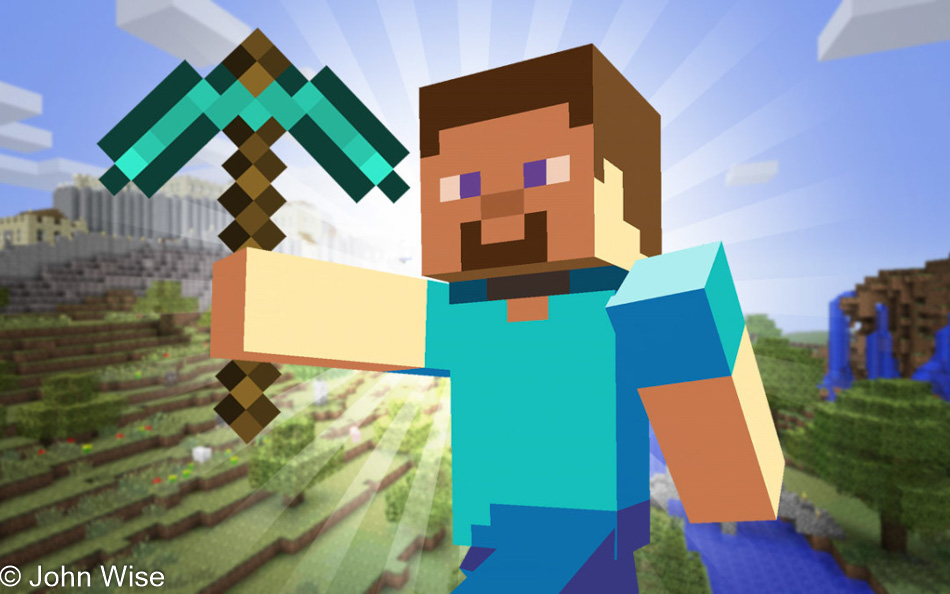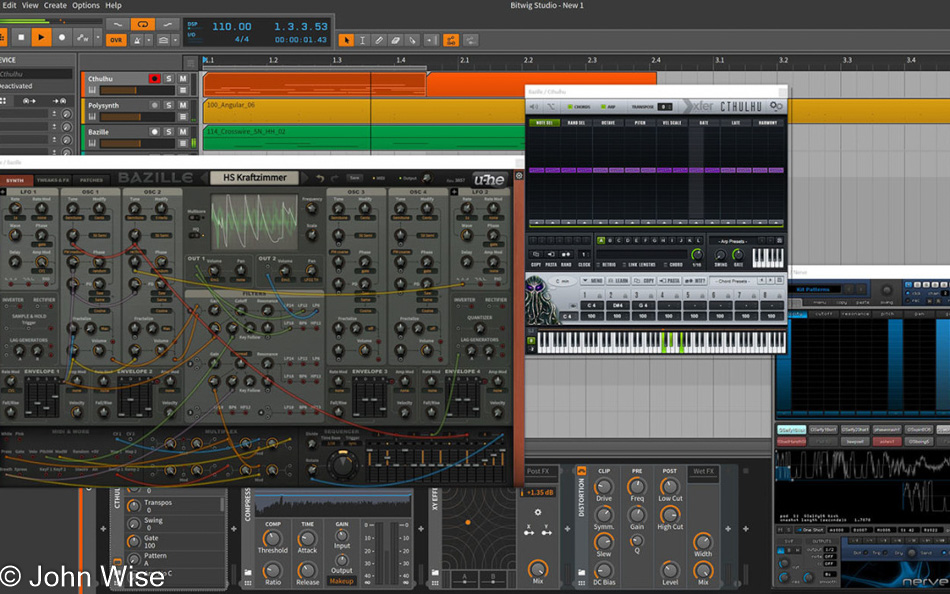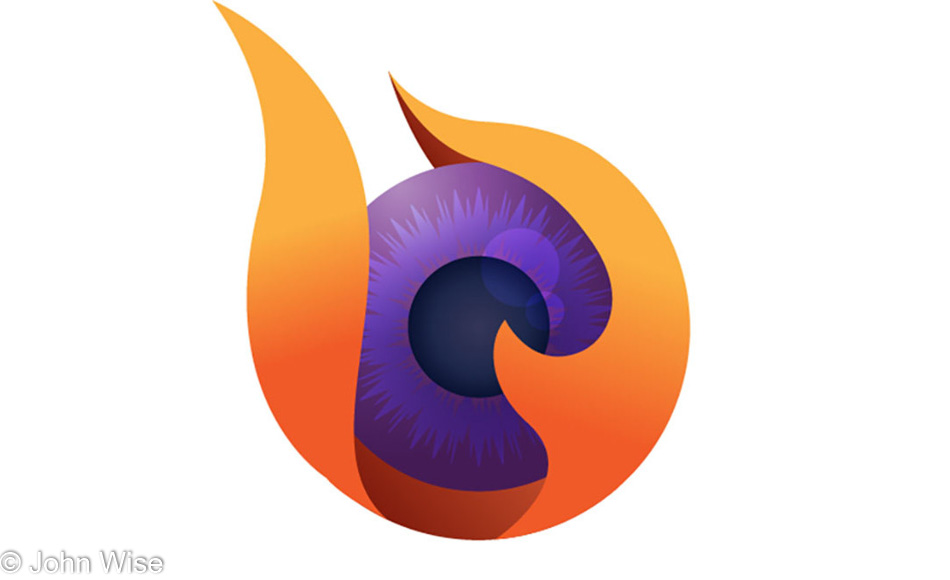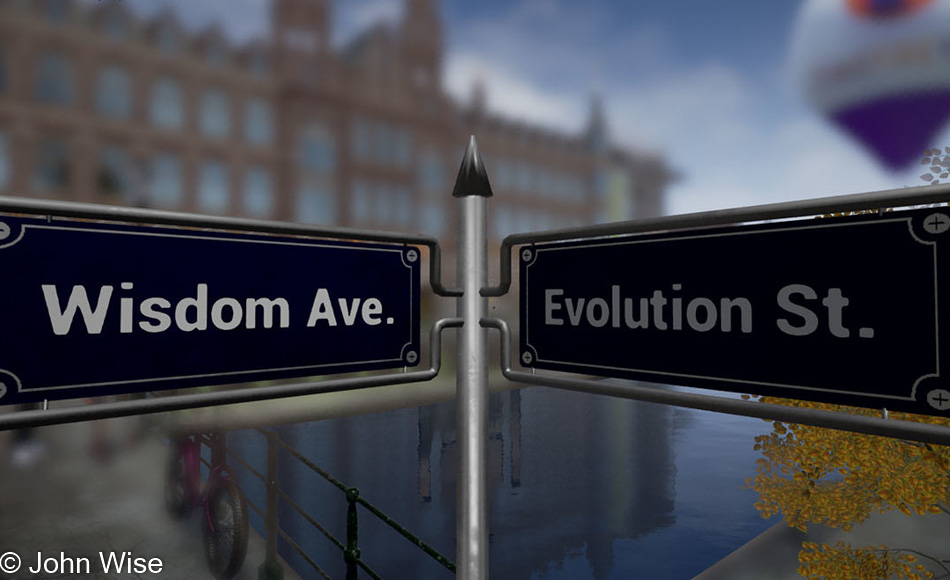
Peristalsis – noun peri·stal·sis \ˌper-ə-ˈstȯl-səs, -ˈstäl-, -ˈstal-\: successive waves of involuntary contraction passing along the walls of a hollow muscular structure (as the esophagus or intestine) and forcing the contents onward. More commonly known as shitting.
There should be a word similar to peristalsis that applies to the mind and a lot of what we’ve stored in it that allows us to know that we are excreting the stuff we don’t intellectually need. What happens to the nonsense, irrelevancies, most of the TV inanities, dramas, and random information we don’t need?
Maybe we need it after all because one never knows when something might become a reference node to a new abstraction not anticipated when we were younger and cleaning out the cobwebs of the mind. This brings me to my blog post of a week ago, System of Wisdom, in which I was talking about our ability to store information. If we have a near-infinite ability to create our own library, even if we have no idea how to consciously reference the majority of it, then the contents of what we put there may have a greater impact on our future selves than we know and yet we have no known way to clean out the rot.
I’ll give a crass example: if one persistently witnesses violent arguing and fighting until the victim is beaten down as examples of conflict resolution and does not know anything about negotiation and compromise, then how could we fault them for choosing the fistfight when challenged? These are the reference points of experience and the lessons learned from what we’ve seen and been exposed to.
On the other hand, if your parent is a business person who does good things but occasionally gets into difficulties. You see him making money, buying himself and his family the items that represent success, but when something goes wrong, he refunds the customer’s money or finds himself in court where a settlement is negotiated by calm minds that determine a resolution that doesn’t resort to violence. This is a civil society. It is also the imprint on the mind that will act as a guide on how issues are resolved, hopefully.
While this is a great big generalization there might be some wisdom behind it too. Maybe we should think twice about what we are feeding our minds. If what we put there only turns to poo and fails to offer nutrition and a healthy perspective, then is it possible that our diet of junk food intellectualism is nothing much more than salty grease and fat with a dose of sugar that is producing a kind of mental diabetes?
I think the answer is yes, we are poisoning the brain we seem so intent on turning into feces.
This brings me back to the title of this blog entry, peristalsis. Maybe the word and function I am looking for is cerebrostalsis? The act of squeezing the crap out of our brains.
Just as exercising the body is intended to tone it and help produce a healthy metabolism while controlling the diet supplies the nutrition that keeps us humming along and able to function in a lively and productive way, what of our attention to brain health?
And why is this blog entry here if Timefire is building a Virtual Reality game, you might ask?
Because we are not technically making a game. Timefire is creating the world’s first smart digital city that is part of the planet called Virtual Reality. We will not be the only city in this new frontier. There will be cities of mayhem, violence, bloodshed, zombies, rape, murder, hatred, war, monsters, hentai, and every other imaginable form of carnage and sadomasochistic pleasure others will build their fortunes on.
Hypatia is not one of those places. With tongue-in-cheek, we are the enema for your mind. We are the cerebrostalsis that is coming to clean your brain. If you like to think and create or did so at one time before it was purged from your playful, curious former self, we are the place to go to reawaken your imagination.




